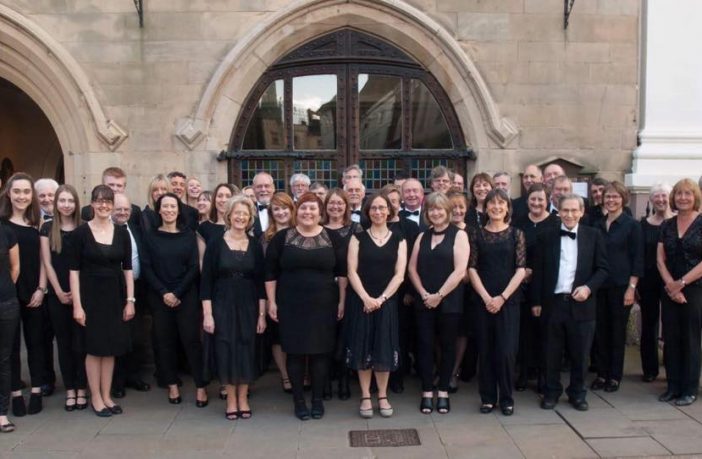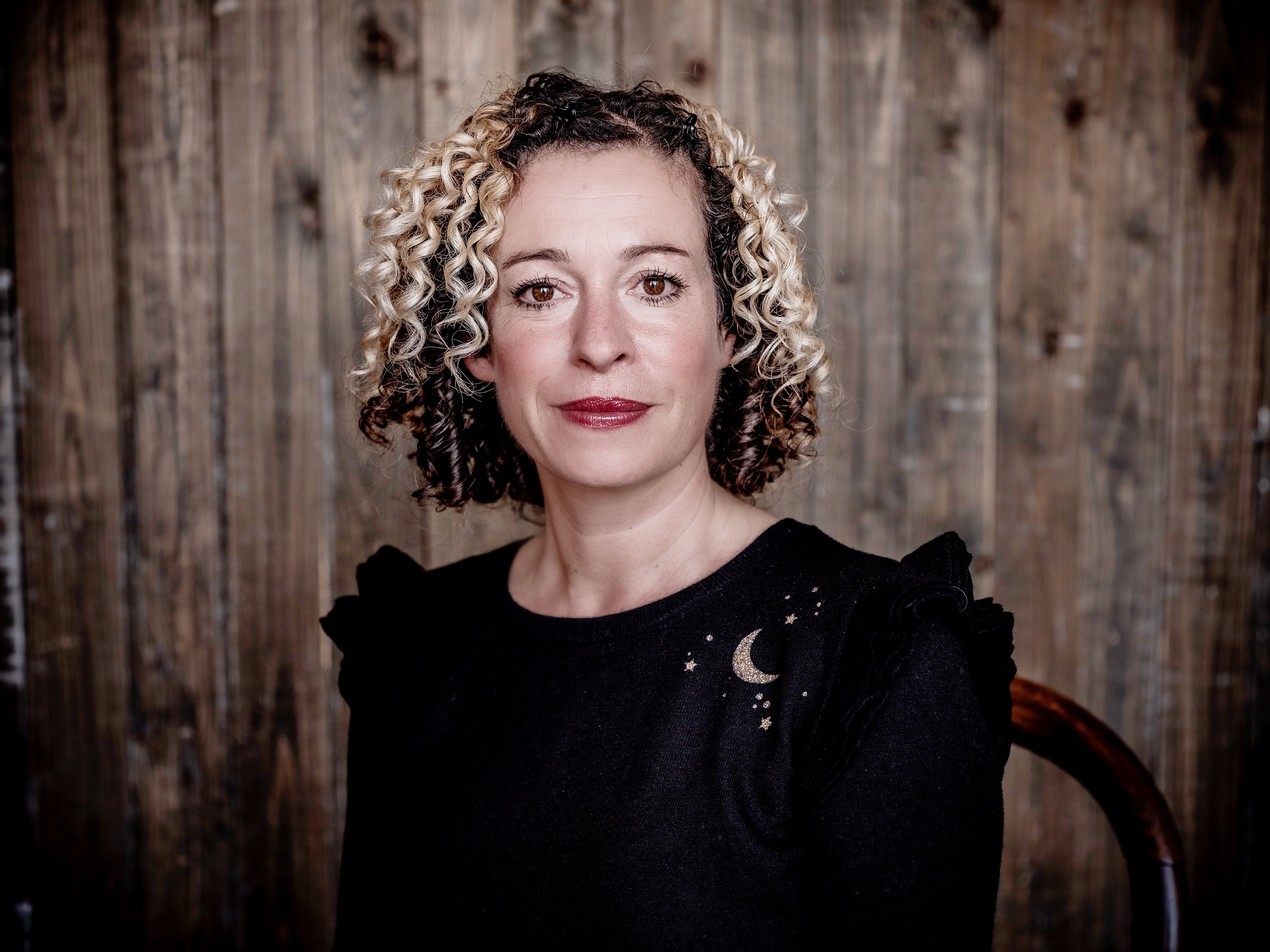A very special concert by Lichfield Sinfonia featuring a dramatic suite inspired by the city’s rich and varied history takes place at the Lichfield Cathedral. Amy Norbury chatted to composer and violinist Joanne Dodds, to discover more.
Commissioned in 2017 to mark Lichfield Sinfonia’s 60th anniversary, The Three Spires Suite is a special piece indeed. Composer Joanne Dodds, who has played violin with the orchestra since 2011, drew on the rich heritage of Lichfield for inspiration,and movements reflect the Besieged Cathedral, Dr Johnson,The Bower and Lichfield as a festival city, and The Chase-the Kings hunting grounds, interspersed with the fire and heresy of the 17th century.
Joanne, who went to school in Lichfield and joined the Lichfield Sinfonia when she returned to the Midlands following a career in the Navy, is now leader of the orchestra. She was delighted to be asked to create a piece for the orchestra’s special milestone – discovering some interesting facts about the city’s history in the process.
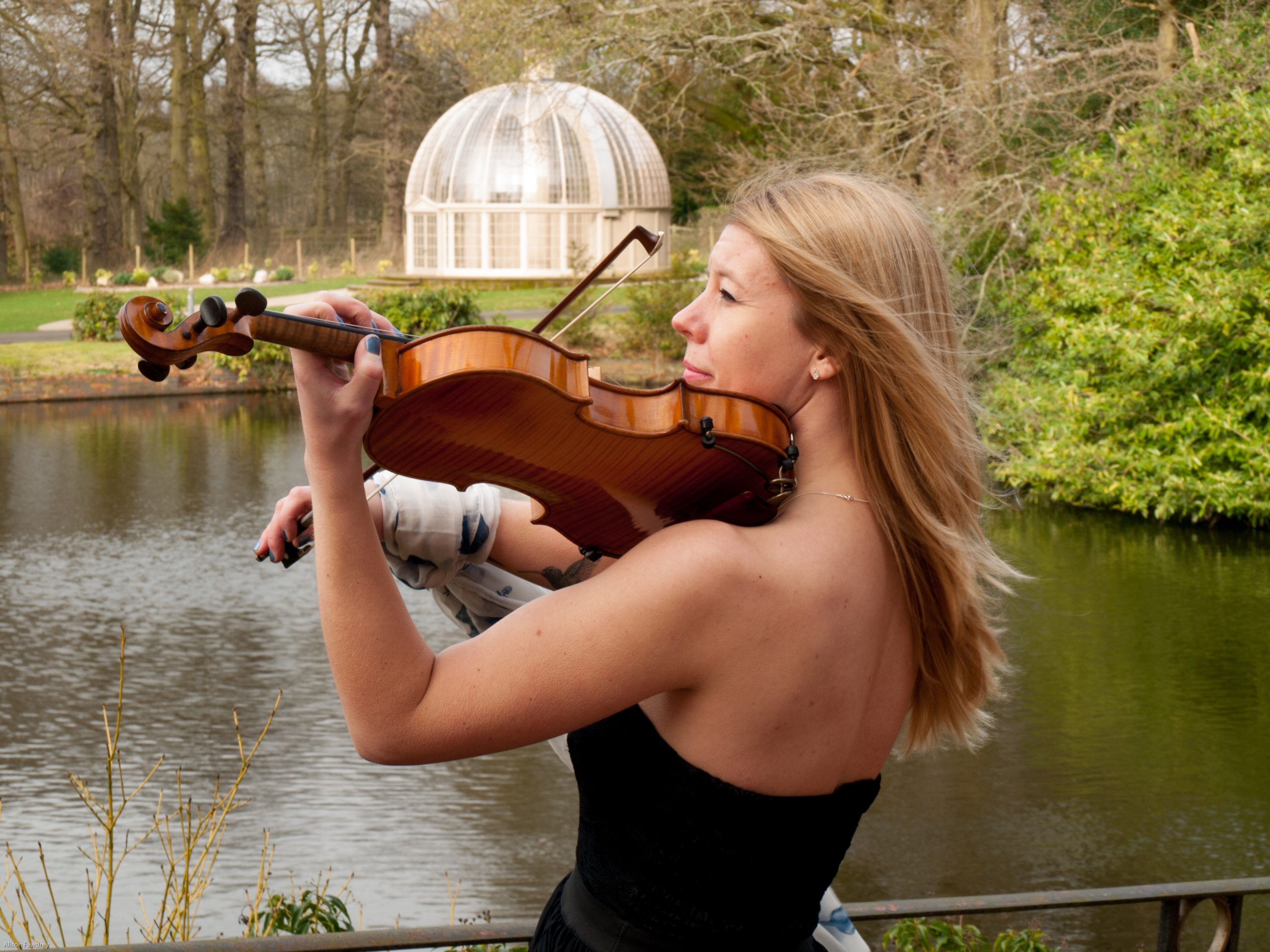
Violinist Joanne Dodds, who composed the Three Spires Suite
During the English Civil War, there were three great sieges of Lichfield between 1643 and 1646. As the Cathedral Close was surrounded by a ditch and defensive walls, it made a natural fortress. The cathedral authorities, with a certain following, were for King Charles I of England, but the towns folk generally sided with Parliament, and this led to the fortification of the close by the Royalists in 1643.
The Three Spires Suite’s opening movement depicts The Siege of Lichfield, which took place between March 2 and 4, 1643.
“There’s lots of military horn sounds, lots of timpani,” explains Joanne. “There’s a plaque at the Cathedral where a chap called Lord Brooke was shot through the eye by a sniper in one of the towers, so there’s a gunshot, too. The music tells the story of the siege, so there’s some gore in there, it’s a dramatic piece.
One of Lichfield’s most famous sons, Dr Samuel Johnson, is the subject of the second movement.
“The musical theme in this piece uses note A,B,C like the dictionary, telling the audience about Dr Johnson’s history,” says Joanne.
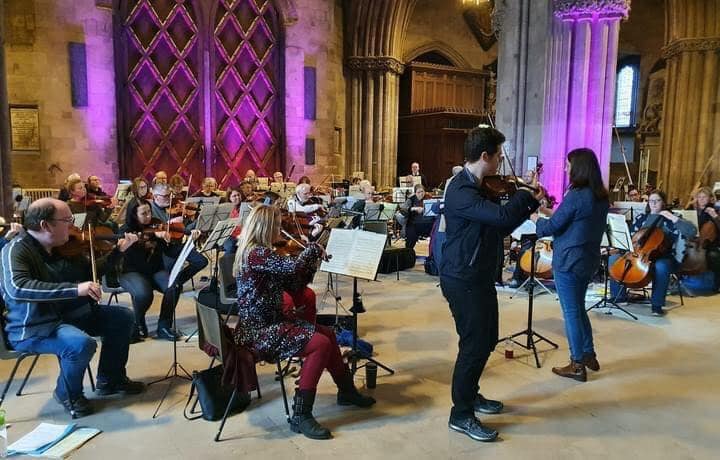
The orchestra
“It’s in 5/4 time, so five beats to a bar, which is slightly unusual but gives it that carnival vibe,” says Joanne.
“The middle section represents Erasmus Darwin, and the four aspects of his life as a physician, a philosopher, a scientist and a linguist too. I chose different people in the orchestra who do those jobs and they’ve all got solo parts to play. Although we don’t actually have a doctor, we’ve got two dentists so one of them fills that role! We’ve got a vicar as our viola player, who performs the philosopher role, a physics teacher as the scientist, and our second violin is a linguist.
“I wrote the solos with the particular members in mind, meaning we’ve got some unusual solos – you don’t often get a bassoon solo!”
The Three Spires Suite finishes with a rondo – or recurring melody – which pays tribute to the last person in England who was burned at the stake for heresy. In 1611, Edward Wightman faced trial for heresy in Lichfield Cathedral in front of hundreds of members of the public. He was sentenced to death by burning at the stake on approval of King James I.
“When I was looking into the history, I discovered that when Wightman was actually tied to the stake and the bonfire was set under him, he actually recanted,” says Joanne. “Then he refused to sign the retraction and was eventually executed.
“So the middle section represents those flames flickering at first, then dying down, then building up to a big bonfire.”
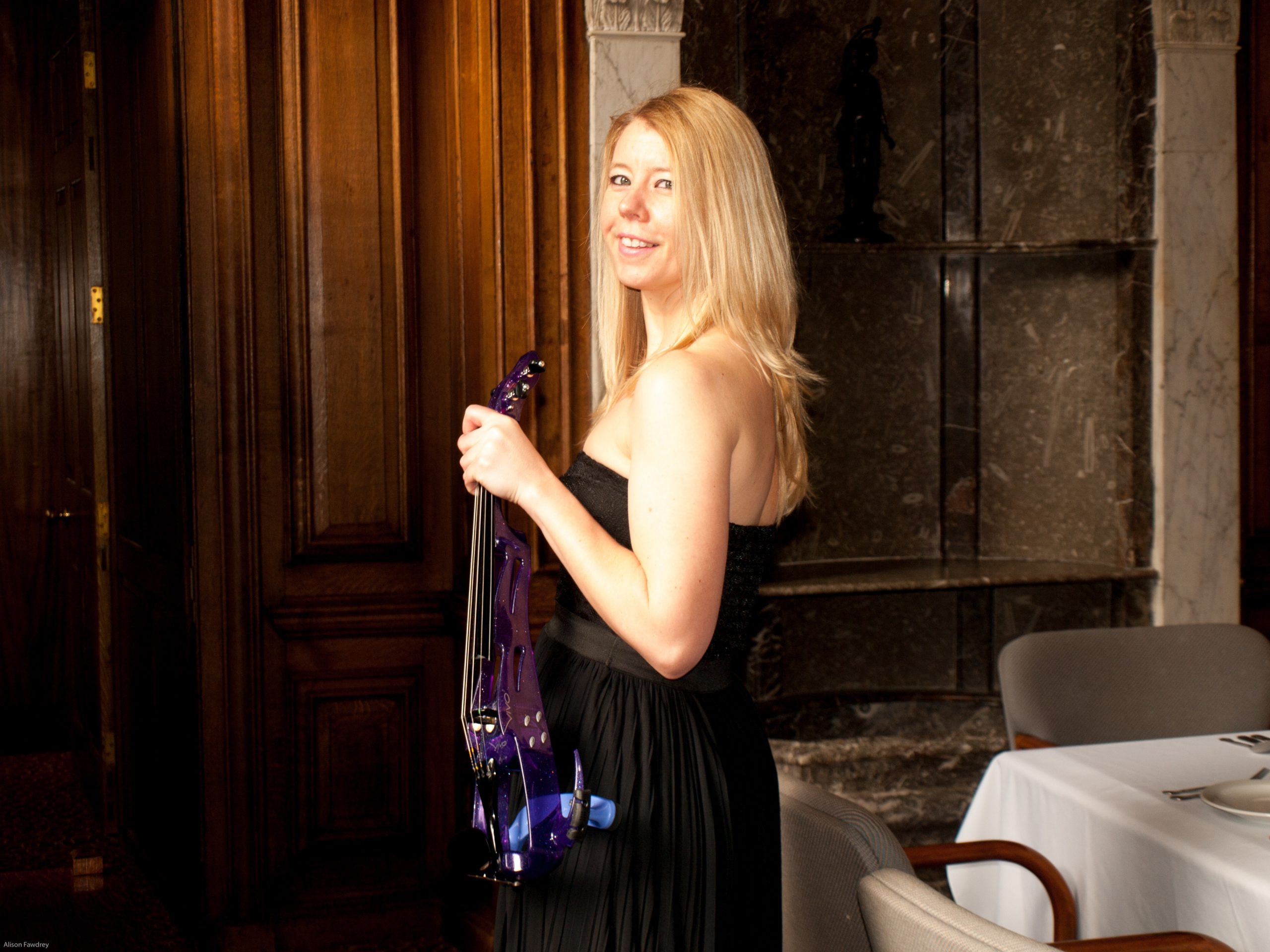
Joanne took inspiration from Lichfield’s rich history.
The final movement also represents Cannock Chase as the King’s hunting ground, so themes of hunting, and the momentum of a chase recur within the piece.
From humble beginnings in 1957 as a small chamber orchestra, Lichfield Sinfonia has grown both in size and talent, tackling full symphonic works with around 50 players. Members range from teenagers to players in their eighties, all brought together by their love of classical music.
The orchestra has performed in several local venues, schools, churches and the old Civic Hall, but has made its home now in Lichfield Guildhall. However, performing their locally-inspired piece in Lichfield Cathedral, the setting for the first, darkly dramatic movement, makes the concert that much more special for the orchestra.
“This is the first time we will have played it in the Cathedral, so it’s going to be so exciting,” says Joanne.
“It’s kind of a dying art now, playing full symphonic music, so it’s great that we’re able to keep that going as a full sized symphony orchestra. It will be a really special concert for us all.”
Lichfield Sinfonia’s spring concert featuring The Three Spires Suite takes place at Lichfield Cathedral on May 20 at 7.30pm. For more details visit www.lichfieldsinfonia.co.uk.

